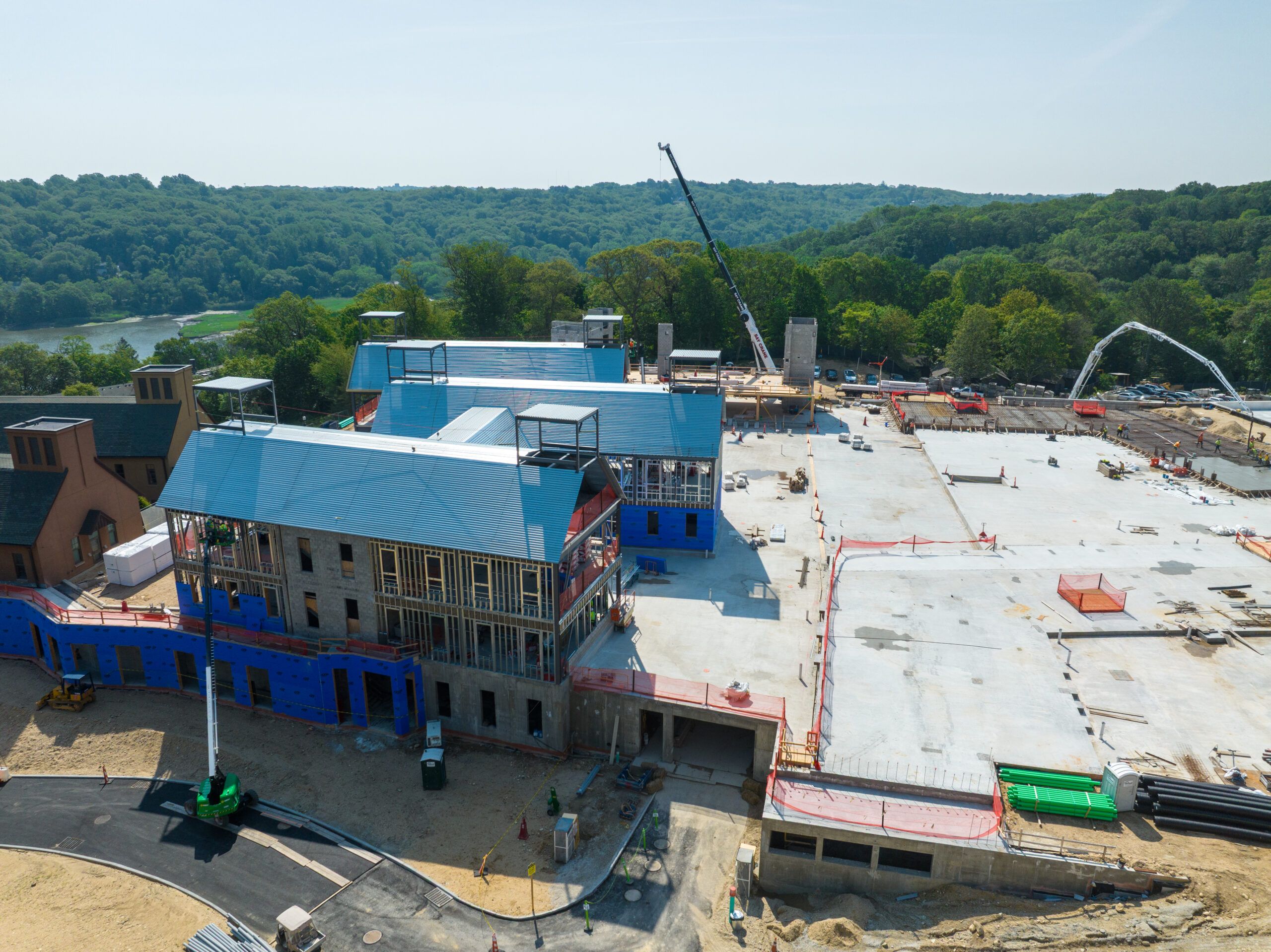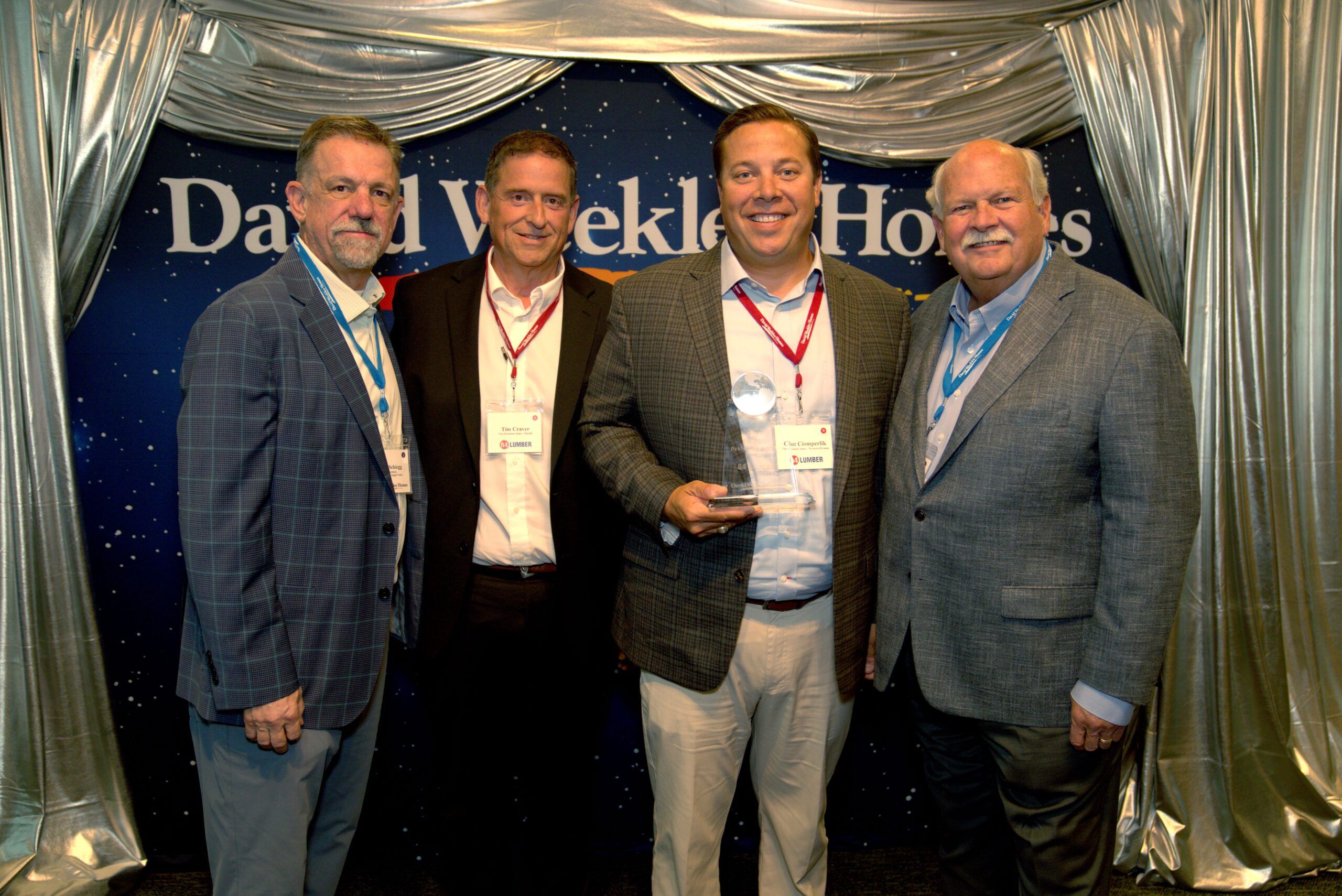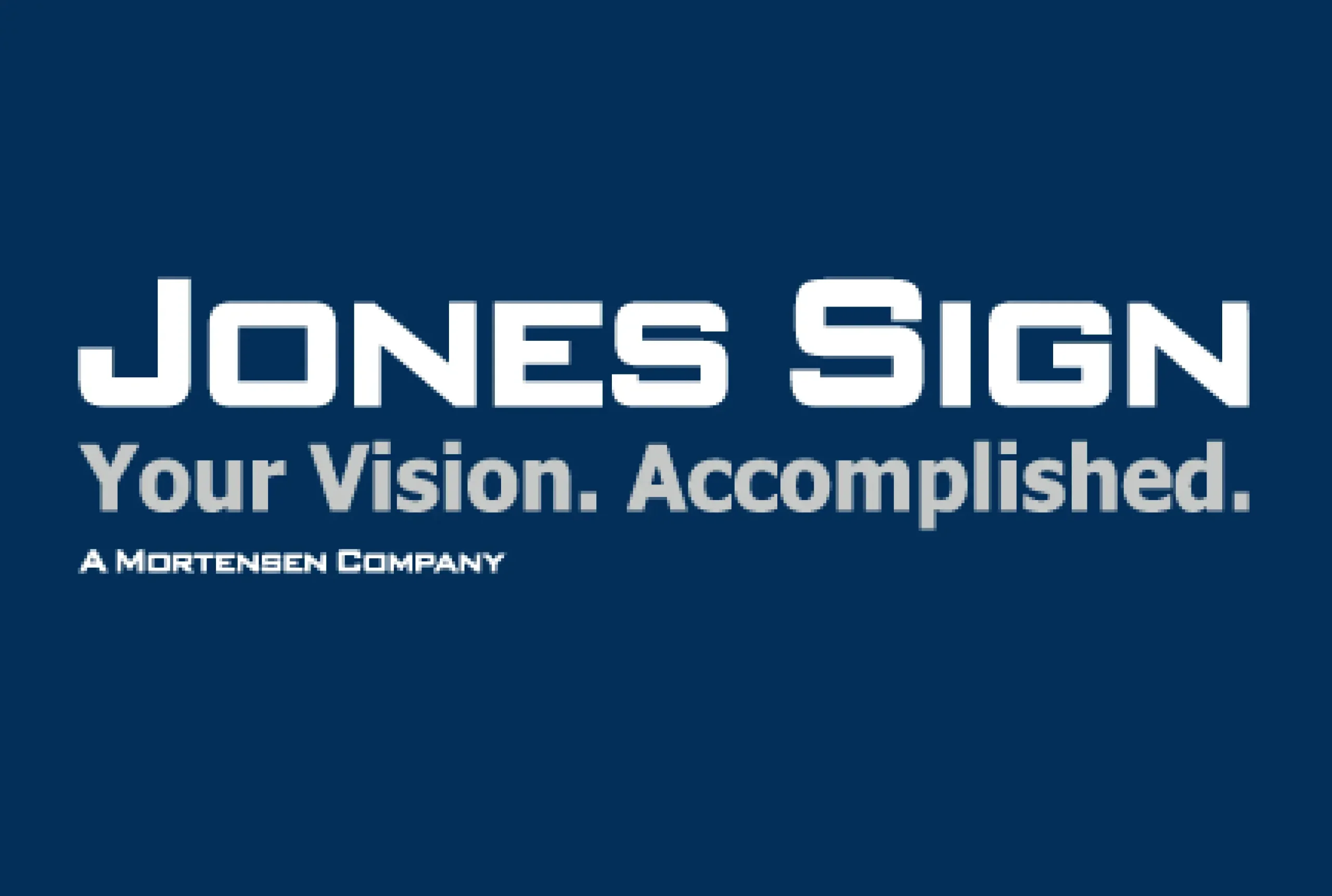You’re worried about breaking ground on your dream skyscraper in 2025, only to watch your variable-rate loan soar skyward faster than your cranes can climb. Risky? Absolutely.
Construction finance is shifting, and fixed-rate loans are the reigning champions, locking down certainty while competitors wrestle with unpredictability.
Ready to understand why fixed-rate loans aren’t just popular – but essential – for successful construction finance in 2025? Keep reading.
Cost Certainty in a Volatile Environment
With a fixed-rate loan, what you see is what you get. This matters more than ever in 2025. Interest rates are no longer riding the bottom of the barrel. Borrowers can no longer bank on refinancing into a better deal a year from now.
When contractors and developers are managing project budgets that stretch across 12 to 24 months – or longer – knowing your capital costs won’t fluctuate becomes a competitive advantage. Financing volatility doesn’t just strain your balance sheet; it delays projects, derails exit strategies, and introduces risk that many lenders are increasingly unwilling to underwrite.
That’s why products like fixed-rate HELOCs are gaining traction. They combine the flexibility of a line of credit with the predictability of a fixed rate – offering access to funds over time without the creeping dread of variable-rate exposure.
From Niche to Norm
Historically, variable-rate loans dominated the construction landscape because they were cheaper – at least at first. But that value proposition has weakened as borrowers get more sophisticated, and as the market has moved toward higher baseline rates. Fixed-rate loans, once seen as tools for the risk-averse, now serve as practical instruments for anyone thinking beyond the next quarter.
This trend is reshaping how lenders package construction finance offerings. It’s also shifting borrower expectations. Instead of asking, “What’s the lowest rate today?” The more relevant question in 2025 is, “What’s the most I’ll pay tomorrow?”
That mindset shift is even starting to bleed into private lending and investor-driven financing vehicles, where speed once trumped stability.
Lending Strategies Now Demand Durability
Borrowers in 2025 aren’t just looking at rates – they’re evaluating risk profiles. A construction loan is a strategic layer of the entire project. And with:
- High build costs
- Tighter municipal regulations
- More demanding timelines
Durable financing matters.
Developers today are building pro forma models that stretch over multiple years, even for short-cycle projects. They’re layering in buffers, scenario testing, and risk-adjusted projections. None of that works if your interest payments are on a rollercoaster. That’s why fixed-rate financing isn’t just popular, it’s practically required in many cases.
And this logic is echoed across residential and commercial sectors. From ADU construction in urban cores to suburban custom builds, the financing conversation now starts with one word: fixed.
Even internally, many lenders are adapting. The industry has seen an uptick in fixed-rate construction products emerging not just from big banks but from fintech firms, credit unions, and non-QM lenders who recognize that volatility is no longer sexy.
Not Just for the Risk-Averse
One of the most important things to recognize is that the move toward fixed-rate loans doesn’t signal a retreat from ambition. It just shows you’re smart. Borrowers can stay aggressive with their builds and bold in their designs while keeping their financial exposure on a leash. In 2025, that kind of balance is what separates successful builders from speculative casualties.
Tech-driven lenders are getting wise to this too. Many platforms now incorporate risk-adjusted pricing models, offering slightly lower fixed rates to borrowers with strong build timelines, verified contractor relationships, or pre-approved zoning. Dive into how this innovation is reshaping digital lending for the better.
Look For Fixed-Rate Loans Today
Fixed-rate loans dominate construction finance in 2025 because they reflect what the industry now values most: resilience, transparency, and long-term thinking. As the pace of construction accelerates and economic complexity deepens, borrowers want financing that keeps up without veering off track.











